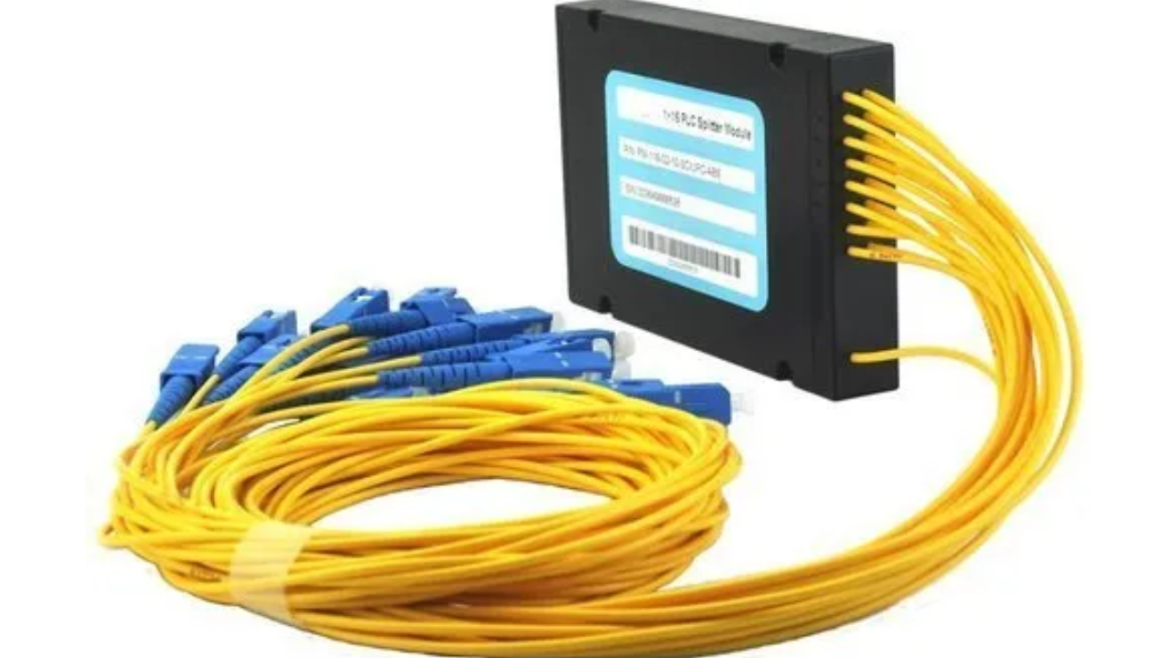Optical splitters are devices made to divide an input optical signal into several outputs. They are also known as beam splitters or fiber splitters. They are a crucial part of fiber-optic networks because they enable the transfer of high-speed data between multiple locations. An important development in fiber-optic communication is the use of optical splitters.
Due to the way optical splitters work, which is based on the laws of light manipulation, they can split and distribute optical signals incredibly precisely and effectively. An intricate configuration of optical fibers or waveguides sits at the core of optical splitters the interior geometry of the splitter is designed to accommodate these waveguides, which direct light.
How are Spatial Splitters Put to Use?
The concepts of light manipulation are the basis for how optical splitters function. They are made up of waveguides or optical fibers arranged in a certain way. These Guides interact with the optical signal as it enters the splitter to direct the light toward various output ports in accordance with the intended splitting proportion.
Do Optical Splitters Have a Bright Future?
Optical splitters will continue to be essential components as long as fiber-optic communication is a key technology in our digital environment. Optical splitters will continue to be relevant and necessary due to the continuous improvements in high-speed data transmission, 5G expansion, IoT growth, and smart city development.
A Few Benefits of Optical Splitters
A key element of modern communications networks, optical splitters have a number of benefits that make them indispensable. The following list of specific benefits of optical splitters:
Excessive information prices
Optical splitters are essential for transmitting information at high speeds. When optical splitters are used in fiber-optic networks, they can provide statistics quotations that far outpace those of traditional copper-based networks. This benefit is especially important in the contemporary data-driven world, where huge amounts of information must be sent effectively and quickly.
Minimum sign Loss
The ability of optical splitters to spread signals with little loss is one of their most notable benefits. Compared to electric signals in copper cables, light experiences far less attenuation (signal loss) as it travels via optical fibers. Because of this, data may be sent over greater distances without the need for signal amplification, hence enhancing community efficiency.
Scalability and flexibility
The scalability of discussion networks is facilitated by optical splitters. They can be easily incorporated into current configurations, allowing network extensions without major changes. Furthermore, optical splitters offer versatility in terms of the ratios used to divide incoming signals among output ports. This adaptability accommodates various community needs and designs.
Passive components
Since optical splitters don’t need other energy sources to function, they are passive devices. The network’s dependability is complemented by this natural simplicity. Because passive additions are considerably less likely to fail, there will be less downtime and need for repair, which strengthens the area as a whole.
Compact size
Because they are so compact and light, optical splitters are simple to integrate into a variety of communication devices and settings. Information centers or street-level shelving in metropolitan settings are two examples of situations when this shortness is mostly acceptable.
Price-Effectiveness
Optical splitters are cost-effective alternatives to active additives, which demand power and frequently have sophisticated electronics. The fundamental benefit of fused bucolical taper (FBT) splitters is their low cost, which makes them ideal for full-size deployment in a variety of applications.
Versatility
Packages in various sectors are found by optical splitters. They satisfy a wide range of communication needs, including those for telephone networks, information centers, passive optical networks (PONs), sensor networks, and more. Their capacity for adaptation to various technological environments is shown by their versatility.
Compatibility with Advanced Technologies
With cutting-edge technologies like 5G networks, the Internet of Things (IoT), and smart city initiatives, optical splitters effortlessly integrate. These technologies require dependable verbal communication, high-speed transfer of data, and the use of environmentally friendly resources—all areas where optical splitters shine.
Conclusion
Optical splitters are the connectivity weavers who sew the threads of our digitally interconnected world together in the rich tapestry of modern communication. Their understated exterior betrays their transformational power, which has a significant impact on how we transmit information. Optical splitters are the architects of swift and reliable data transmission, propelling us into an era where speed is paramount.
